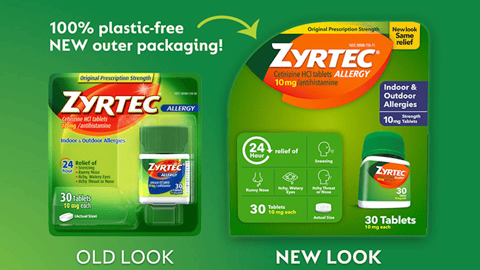P&G & Cargill Partner for Sustainable Tech Development
Procter & Gamble has granted Cargill an exclusive license that allows Cargill to further develop and commercialize a P&G-developed technology that converts lactic acid into bio-based acrylic acid.
The use of bio-based acrylic acid is estimated to reduce greenhouse gas emissions and contribute to greener products. It’s hoped the technology will ultimately be incorporated in such applications as superabsorbent polymers in absorbent hygiene products and thickeners in household paints.
“This new technology demonstrates that we can leverage the best materials science with new bio-based solutions to deliver sustainable innovation in consumer goods production,” said Dr. Annie Weisbrod, principal scientist, environmental stewardship and sustainability at P&G. “By investing in advancing bio-based solutions, we can and will help reduce the carbon footprint of various industries. This is consistent with P&G’s stated Ambition 2030 sustainability goals to look to new, renewable sources of raw materials for conversion into everyday products.”
“Manufacturers and brand owners have been seeking viable pathways to bio-based acrylic acid to reduce the environmental impact, and P&G’s conversion technology brings us closer to a solution,” said Mr. Asheesh Choudhary, global business development director for Cargill’s bioindustrial business.
See also: Danone Deepens Commitment to Plant-Based Biz with Coca-Cola Vet as New CEO
“We are thrilled that P&G granted Cargill an exclusive license to this technology that converts lactic acid into bio-acrylic acid,” says Dr. Jill Zullo, strategic marketing and innovation leader for Cargill’s bioindustrial business. “By using annually renewable crops, we’ll be able to contribute to farmer prosperity while delivering more renewable solutions that are estimated to have less than half the GHG footprint vs. the petroleum-based equivalent.”
P&G scientists were recently announced as winners of the American Chemical Society (ACS) 2020 Award for Affordable Green Chemistry for the technology.
It’s expected to take several more years of development before impacting consumer products in the marketplace.





